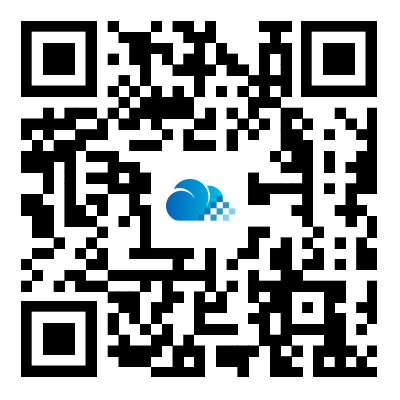Key Features of Paperless Meeting Systems
2024-06-06
A paperless meeting system is a digital solution designed to facilitate meetings without the need for physical documents. These systems enable organizations to streamline their meeting processes, improve efficiency, and reduce their environmental impact. Key features and benefits of a paperless meeting system include:
Key Features:
1. Digital Agenda Management:
- Create, distribute, and manage meeting agendas electronically.
- Allow participants to access and review the agenda before the meeting.
2. Document Sharing and Collaboration:
- Upload and share documents, presentations, and reports in real-time.
- Enable participants to view, annotate, and collaborate on documents during the meeting.
3. Secure Access:
- Provide secure login and access controls to ensure only authorized participants can access meeting materials.
- Implement encryption and other security measures to protect sensitive information.
4. Meeting Scheduling and Invitations:
- Integrate with calendar systems (e.g., Google Calendar, Microsoft Outlook) to schedule meetings and send invitations.
- Allow participants to RSVP and check availability.
5. Real-time Communication:
- Offer tools for real-time communication, such as chat, video conferencing, and screen sharing.
- Facilitate seamless interaction among participants, whether they are in the same room or remote.
6. Voting and Polling:
- Conduct votes and polls electronically during the meeting.
- Collect and display results instantly for quick decision-making.
7. Task and Action Item Tracking:
- Assign tasks and action items during the meeting.
- Track progress and send reminders to ensure follow-up on decisions made.
8. Minutes and Recording:
- Record meeting minutes and proceedings digitally.
- Allow for audio or video recording of meetings for future reference.
9. Integration with Other Systems:
- Integrate with document management systems, cloud storage, and other enterprise applications.
- Enable seamless data flow and collaboration across platforms.
10. User-Friendly Interface:
- Provide an intuitive and easy-to-use interface for participants of all technical skill levels.
- Ensure accessibility across various devices, including laptops, tablets, and smartphones.
Benefits:
1. Environmental Impact:
- Reduce paper consumption and waste, contributing to environmental sustainability.
2. Cost Savings:
- Lower printing and distribution costs associated with traditional paper-based meetings.
3. Improved Efficiency:
- Streamline meeting preparation, execution, and follow-up processes.
- Enhance productivity by enabling quick access to information and real-time collaboration.
4. Enhanced Security:
- Protect sensitive information through secure access controls and encryption.
- Reduce the risk of lost or misplaced documents.
5. Better Collaboration:
- Facilitate real-time collaboration and communication among participants, regardless of location.
- Improve the quality of decision-making with instant access to relevant documents and data.
6. Convenience and Accessibility:
- Allow participants to access meeting materials from anywhere, at any time.
- Support remote work and virtual meetings, accommodating flexible work arrangements.
Popular Paperless Meeting Systems:
- BoardEffect: A comprehensive board management solution that offers agenda management, document sharing, and secure collaboration tools.
- BoardDocs: Designed for public school boards and local governments, providing tools for agenda management, document sharing, and voting.
- Diligent Boards: A board portal solution with features for secure document sharing, real-time collaboration, and meeting management.
- iBabs: A paperless meeting solution with tools for agenda management, document sharing, and secure voting.
- Boardable: A board management software offering features for meeting scheduling, document sharing, and task tracking.
Implementing a paperless meeting system can significantly enhance the efficiency and effectiveness of meetings, making it a valuable tool for organizations of all sizes.



